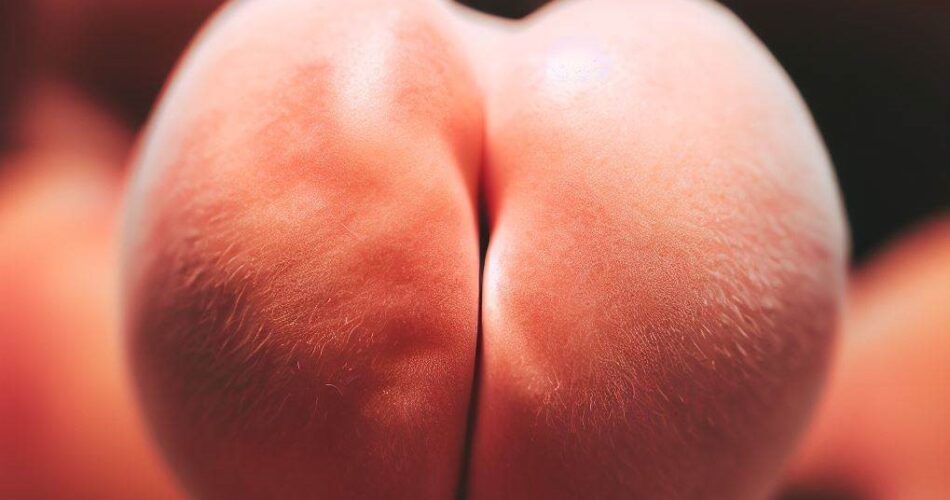A journalist explores the butt from different perspectives
Butt or even heinies, funnies, derrieres; the gluteus maximus is one of the few muscles in the human body with such cultural influence. In her 2022 book Butts: A Backstory, journalist Heather Radke asserts that “butts are a bellwether”. As explained here, Radke continues by pointing out that our attitudes toward our hindquarters frequently have less to do with the consistency itself and more to do with factors like ethnicity, gender, and sex. Although the butt contains the largest muscle in the human body, Radke contends that we are much more inclined to care about form than function when it comes to this part than we are with a knee or an elbow.
Our butts are more than just attractive features, despite the lack of attention we pay to them (apart from when we’re trying on new pants). In fact, a booty is a rare example of evolution. Several other creatures have muscle, and fat padding their backsides. Yet none have a size that even comes close to ours.
Most evolutionary scientists believe that our shapely rears aid in our ability to walk erect. When our weight went upward and our muscular requirements changed, the curved pelvic bone that gives the butt its prominence most likely evolved. More and more evidence points to the benefits of larger buttock muscles for both faster sprinting and improved running endurance. According to Radke, “the butt is an essential adaptation for the human ability to run steadily, for long distances, and without injury”.
This cultural history spans over two centuries, taking us from the theaters of 19th-century London to the aerobics classes of the 1980s, the location of Sir Mix-a-Lot’s “Baby Got Back” music video, and the Arizona mountains, where humans and horses compete in an annual challenge of gluteal endurance. The author encountered evolutionary biologists who research the origins of butts, models whose measurements have defined jean sizing for millions of women, and fitness gurus who are responsible for fads like “Buns of Steel” along the way.
The book addresses the physiological origins of our behinds and takes readers from the Victorian era’s cinched waists all the way up to Kim Kardashian’s Internet-breaking backside and the popularization of the Brazilian butt lift. It does this by weaving together memoir, science, history, and cultural criticism. In between, Radke looks at how racial and misogynistic standards surrounding the butt are defined by fashion, fitness fads, pop culture, and eugenics.
A recurring figure in the book is Saartjie “Sarah” Baartman — the so-called Hottentot Venus (the term Hottentot, now widely regarded as offensive, was historically used to refer to the Khoekhoe, an indigenous tribe of South Africa). Baartman was an Indigenous Khoe woman forced to exhibit her “large butt” for White audiences in Cape Town, London, and Paris in the 19th century.
A huge part of the book’s narrative is supported by Radke’s account of Baartman’s life and how her body came to be “a fantasy of African hypersexuality,” in which she links the exploited Baartman to the prejudiced and skewed legacy of big-butted women as more highly sexual, particularly Black women.
Radke later cites the bustle as a stark example of White appropriation of Baartman’s figure. The bustle was a type of undergarment that gained popularity in the late 19th century and was intended to make a woman’s backside appear large.
She takes a look at the monetization of that same butt-based cultural appropriation by stars like Kim Kardashian and Miley Cyrus, whose well-known twerking moves at the 2013 MTV Video Music Awards and during her “Bangerz Tour” concerts that year (where she used a large prosthetic butt as part of her choreography) were, according to Radke, a prop to “‘play’ in Blackness”.
In addition to discussing the visual culture of Black music videos, plastic surgery, and the current belfie (a combination of butt and selfie) fad in the same vein, Radke also focuses on instances in modern history where trends went in different, opposing ways. She uses the development of size and the 90s version of “heroin chic” popularized by supermodel Kate Moss to highlight the rise of “buttless women” in the 1910s, an appearance best exemplified by the stylish flapper (young women who embraced a way of life that many at the time considered outlandish, immoral, or downright dangerous were noted for their vivacious independence. The flappers broke down obstacles to women’s economic, political, and sexual independence, and are now regarded as the first generation of independent American women.).
